7 Essential SEO Content Planning Tips for Better Results


Most american businesses face an uphill battle when it comes to standing out online. With over four million blog posts published every day, the competition for attention is intense. Every decision you make about SEO can put you one step ahead or leave you struggling to be seen. This guide breaks down clear, practical steps that help any american website owner focus on what truly matters for long term search success and measurable growth.
Table of Contents
- 1. Define Clear SEO Goals for Each Campaign
- 2. Use Keyword Research to Guide Content Ideas
- 3. Map Content Topics to User Intent
- 4. Plan a Consistent Publishing Schedule
- 5. Leverage Automation Tools for Workflow
- 6. Incorporate Backlink Strategy Early On
- 7. Measure and Refine Performance Regularly
Quick Summary
| Takeaway | Explanation |
|---|---|
| 1. Set Clear SEO Goals | Define specific, measurable objectives to guide your content strategy effectively. |
| 2. Conduct Keyword Research | Use keyword analysis to understand audience needs and create relevant content. |
| 3. Align Content with User Intent | Map content topics to user search intentions for greater relevance and value. |
| 4. Maintain a Consistent Publishing Schedule | Regularly publishing content builds audience trust and improves SEO credibility. |
| 5. Measure and Optimize Performance | Continuously track key metrics to refine your content strategy and enhance effectiveness. |
1. Define Clear SEO Goals for Each Campaign
Successful SEO begins with precise, measurable objectives that guide your entire content strategy. According to Adobe Express, strategically aligning keywords across platforms enhances visibility and engagement.
Defining clear SEO goals means moving beyond generic targets like "increase traffic" and creating specific, actionable objectives that drive meaningful results. Strategic goal setting helps you focus your content creation, track progress, and demonstrate real marketing impact.
When establishing SEO campaign goals, consider these key elements:
- Organic Traffic Growth: Set specific percentage increases (e.g., 25% monthly growth)
- Keyword Ranking Improvements: Target specific keyword positions in search results
- Conversion Rate Optimization: Connect SEO efforts directly to lead generation or sales
- Audience Engagement Metrics: Track time on page, bounce rates, and user interactions
To implement this approach, start by conducting a comprehensive audit of your current digital performance. Identify baseline metrics, then develop SMART (Specific, Measurable, Achievable, Relevant, Time-bound) goals that align with your broader business objectives.
Remember, successful SEO is not about chasing vanity metrics but creating meaningful connections with your target audience through strategic, purposeful content planning.
2. Use Keyword Research to Guide Content Ideas
Keyword research transforms content creation from guesswork into a strategic, data driven approach. According to Marketer Magazine, analyzing search intent and leveraging question-based keywords can effectively address audience concerns.
Keyword research is more than just finding popular search terms. It is about understanding the deeper motivations and questions your target audience is asking online. By mapping out the specific language and queries people use, you can create content that directly answers their needs.
To implement this strategy effectively, consider these key approaches:
- Explore Long Tail Keywords: Target specific, less competitive phrases that reveal precise user intent
- Analyze Search Questions: Use platforms like Google "People Also Ask" to uncover audience curiosities
- Identify Content Gaps: Find topics your competitors are not adequately addressing
- Understand Search Intent: Categorize keywords by informational, navigational, or transactional purposes
Think of keyword research as a roadmap for your content strategy. Every keyword represents a potential piece of content waiting to be created. The keyword research tool can help you uncover these hidden content opportunities, transforming raw data into compelling, targeted articles that resonate with your audience.
Remember, great content starts with truly understanding what your audience wants to know.
3. Map Content Topics to User Intent
Successful content marketing goes beyond keywords it requires a deep understanding of what users truly want when they search. According to Shesapeach, effectively aligning content means categorizing keywords into informational, commercial, and transactional types that meet specific audience expectations.
User intent is the underlying purpose behind every search query. When users type something into a search engine, they are seeking specific outcomes whether that is finding information, comparing products, or making a purchase. By mapping your content to these precise intents, you create more targeted and valuable resources.
To effectively match content with user intent, consider these strategic approaches:
- Informational Intent: Create educational content that answers questions and provides comprehensive insights
- Commercial Intent: Develop comparison guides, reviews, and content that helps users make purchasing decisions
- Transactional Intent: Design content with clear calls to action and direct purchasing pathways
As Nuform Social suggests, leveraging tools like Google autocomplete can uncover long tail keywords that reveal the nuanced questions your audience is asking. The goal is not just to rank for keywords but to provide the most relevant and helpful content possible.
Remember, understanding user intent transforms your content from generic information to a precise solution that meets your audience exactly where they are in their search journey.
4. Plan a Consistent Publishing Schedule
A consistent publishing schedule is the backbone of successful content marketing and SEO strategy. According to Adobe Express, utilizing content calendars and scheduling tools can significantly improve your overall SEO performance.
Consistency is key in building audience trust and search engine credibility. When you publish content regularly, you signal to both readers and search algorithms that your website is active, relevant, and committed to providing valuable information. This predictability helps build audience expectations and engagement.
To develop and maintain an effective publishing schedule, consider these strategic steps:
- Assess Your Capacity: Realistically evaluate how much quality content you can produce
- Create a Content Calendar: Map out topics, publication dates, and content types in advance
- Use Scheduling Tools: Automate publishing to maintain consistent timing
- Build a Content Buffer: Develop a backlog of prepared content to prevent gaps
Think of your content schedule like a fitness routine. Sporadic efforts yield minimal results, but consistent, planned activity generates substantial long term gains. Your audience will start anticipating and looking forward to your regular content releases.
Remember, quality always trumps quantity. A well planned, consistent schedule that delivers valuable content is far more effective than irregular, rushed publications.
5. Leverage Automation Tools for Workflow
Automation transforms content creation from a time consuming process to a strategic, efficient workflow. According to the GAIDE framework, Generative AI can dramatically streamline content development by producing diverse and engaging materials with unprecedented speed.
Workflow automation is about working smarter, not harder. By integrating intelligent tools into your content strategy, you can eliminate repetitive tasks, reduce manual effort, and focus on high value creative work. The goal is not to replace human creativity but to augment and accelerate your existing capabilities.
Consider implementing automation across these critical content workflow areas:
- Content Research: Use AI tools to quickly gather and synthesize relevant information
- Drafting and Editing: Leverage writing assistants to generate initial drafts and suggest improvements
Research from interaction design studies shows that strategic tool integration supports critical workflow functions like saving ideas, externalizing thoughts, and facilitating collaboration. The content marketing automation platform can help you scale production while maintaining quality and consistency.
Remember, the most effective automation feels invisible it seamlessly supports your creative process without overwhelming or replacing human insight.
6. Incorporate Backlink Strategy Early On
Backlink strategy is not an afterthought but a fundamental component of successful content marketing. According to Marketer Magazine, creating differentiated content can naturally attract high quality backlinks from reputable sources.
Strategic backlink planning begins before you write a single word. By understanding your target audience and creating unique, valuable content, you set the foundation for organic link building. Think of backlinks as digital votes of confidence that signal your content's credibility and relevance.
To develop an effective early stage backlink strategy, focus on these key approaches:
- Create Exceptional Content: Develop resources so valuable that other sites want to reference them
- Research Competitor Backlink Profiles: Identify gaps and opportunities in your industry
- Build Relationships with Industry Influencers: Network and collaborate before seeking links
- Develop Linkable Assets: Produce comprehensive guides, original research, or interactive tools
The backlink building software can help you streamline and accelerate your link acquisition process, transforming your content strategy from passive to proactive.
Remember, great backlinks are earned through exceptional content and genuine value, not through manipulation or shortcuts.
7. Measure and Refine Performance Regularly
Successful SEO is not a set it and forget it strategy. Like scientific research, content performance requires continuous measurement and strategic refinement. As demonstrated by the pyKCN toolkit, advanced analytical approaches can help visualize and understand complex performance trends.
Performance measurement is the compass that guides your content strategy. Without regular analysis, you are essentially navigating your digital marketing efforts blindfolded. Tracking key metrics allows you to understand what works, what needs improvement, and where to focus your resources.
Implement a comprehensive performance tracking approach by focusing on these critical areas:
- Traffic Analytics: Monitor organic search traffic, user engagement, and conversion rates
- Keyword Performance: Track rankings, click through rates, and search visibility
- Content Effectiveness: Analyze time on page, bounce rates, and user interaction
- Competitive Benchmarking: Compare your performance against industry standards
Research from academic performance analysis shows that normalizing publication rates can provide deeper insights into trend identification and strategic refinement. By adopting a data driven approach, you transform guesswork into precise, actionable intelligence.
Remember, the most successful content strategies are those that embrace continuous learning and adaptive optimization.
Below is a comprehensive table summarizing the key SEO strategies and considerations discussed throughout the article.
| Strategy | Implementation | Expected Outcomes |
|---|---|---|
| Define Clear SEO Goals | Establish specific objectives like organic traffic growth and keyword ranking improvements; use SMART goals. | Measurable progress and real marketing impact. |
| Use Keyword Research | Explore long tail keywords and analyze search questions to inform content creation. | Content that directly addresses audience needs. |
| Map Content to User Intent | Align content with informational, commercial, and transactional intents. | More targeted and valuable user experiences. |
| Plan Consistent Publishing Schedule | Create a content calendar and use scheduling tools for regular publication. | Builds audience trust and search engine credibility. |
| Leverage Automation Tools | Integrate AI for content research and drafting. | Efficient workflow and focus on creative tasks. |
| Incorporate Backlink Strategy | Develop exceptional content and build relationships with influencers. | Natural acquisition of high-quality backlinks. |
| Measure and Refine Performance | Regularly track traffic analytics and keyword performance. | Continuous improvement and data-driven decisions. |
Elevate Your SEO Content Planning with AI-Powered Precision
Struggling to keep your SEO content aligned with clear goals and user intent while managing a consistent publishing schedule? This article highlights key challenges like defining precise objectives, leveraging keyword research, and automating workflows—all essential for driving meaningful organic traffic and engagement. Imagine overcoming these hurdles with a single platform that automates content creation, scheduling, and backlink acquisition, freeing you to focus on what truly matters—growing your brand.
At Babylovegrowth.ai, we specialize in transforming these strategic SEO essentials into actionable results. Our AI-driven platform delivers daily branded SEO articles, 30-day content planning, and automated publishing directly to your CMS, helping you maintain the consistency and quality your audience expects. With integrated backlink management and real-time analytics, you can continuously measure and refine your performance with ease.
Ready to stop guessing and start growing? Discover how our content marketing automation and keyword research tool can revolutionize your SEO strategy today.
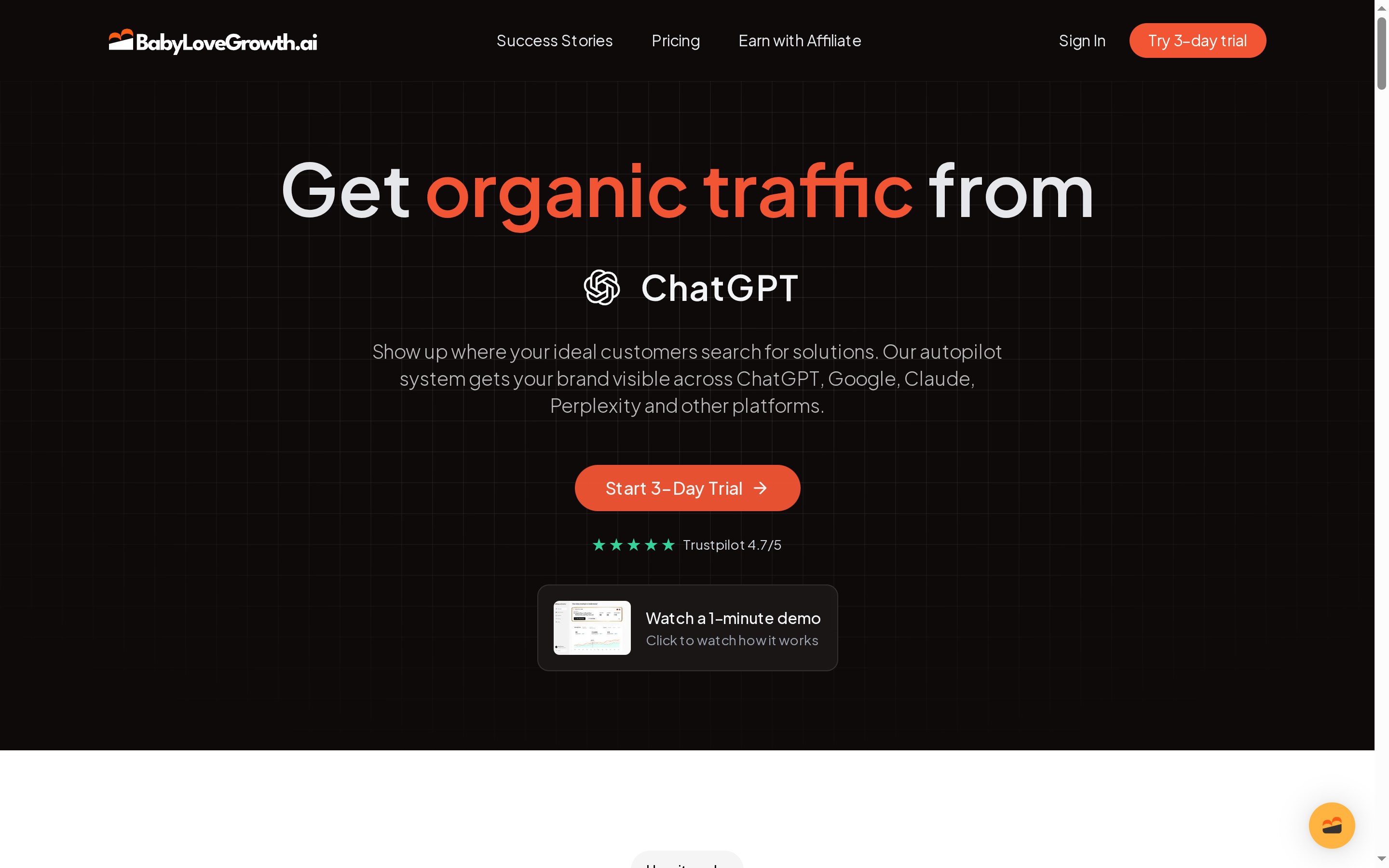
Take control of your SEO content planning now with Babylovegrowth.ai. Visit our platform to automate smarter, publish better, and rank higher.
Frequently Asked Questions
What are clear SEO goals, and how can I define them for my content?
Clear SEO goals are specific, measurable targets that guide your content strategy, such as increasing organic traffic by 25% monthly or improving keyword rankings. To define them, conduct a comprehensive audit of your current metrics and set SMART (Specific, Measurable, Achievable, Relevant, Time-bound) goals aligned with your business objectives.
How do I conduct effective keyword research for content ideas?
Effective keyword research involves identifying popular search terms and understanding audience questions. Use tools to explore long-tail keywords, analyze search intent, and identify content gaps, then create articles that directly address those needs.
How can I ensure my content aligns with user intent?
To align your content with user intent, categorize your keywords into informational, commercial, and transactional types. Focus on creating content that answers specific questions or fulfills distinct needs, such as educational resources or product comparisons.
What steps should I take to establish a consistent publishing schedule?
To create a consistent publishing schedule, assess your capacity for content creation and develop a content calendar to map out your topics and publication dates. Aim to publish regularly and maintain a content buffer to ensure you always have quality materials ready, minimizing gaps in your schedule.
How can automation tools improve my content workflow?
Automation tools can streamline your content creation by handling repetitive tasks like research and drafting. Implement these tools to enhance your workflow, allowing you to focus on producing quality content, and aim to see improvements in efficiency within a few weeks.
What metrics should I measure to refine my SEO strategy?
Key metrics to measure include organic traffic, keyword rankings, and user engagement rates. Regularly track these metrics to identify trends and make adjustments to your content strategy, aiming for actionable insights every month.
Recommended
- Content Strategy Platform | Plan Data-Driven Content with AI
- Keyword Clustering Tool | Group Keywords by Search Intent
- Contentful SEO Automation
- SEO Article Generator | Create Ranking-Optimized Content with AI
Smart SEO,
Faster Growth!
Most Read Articles
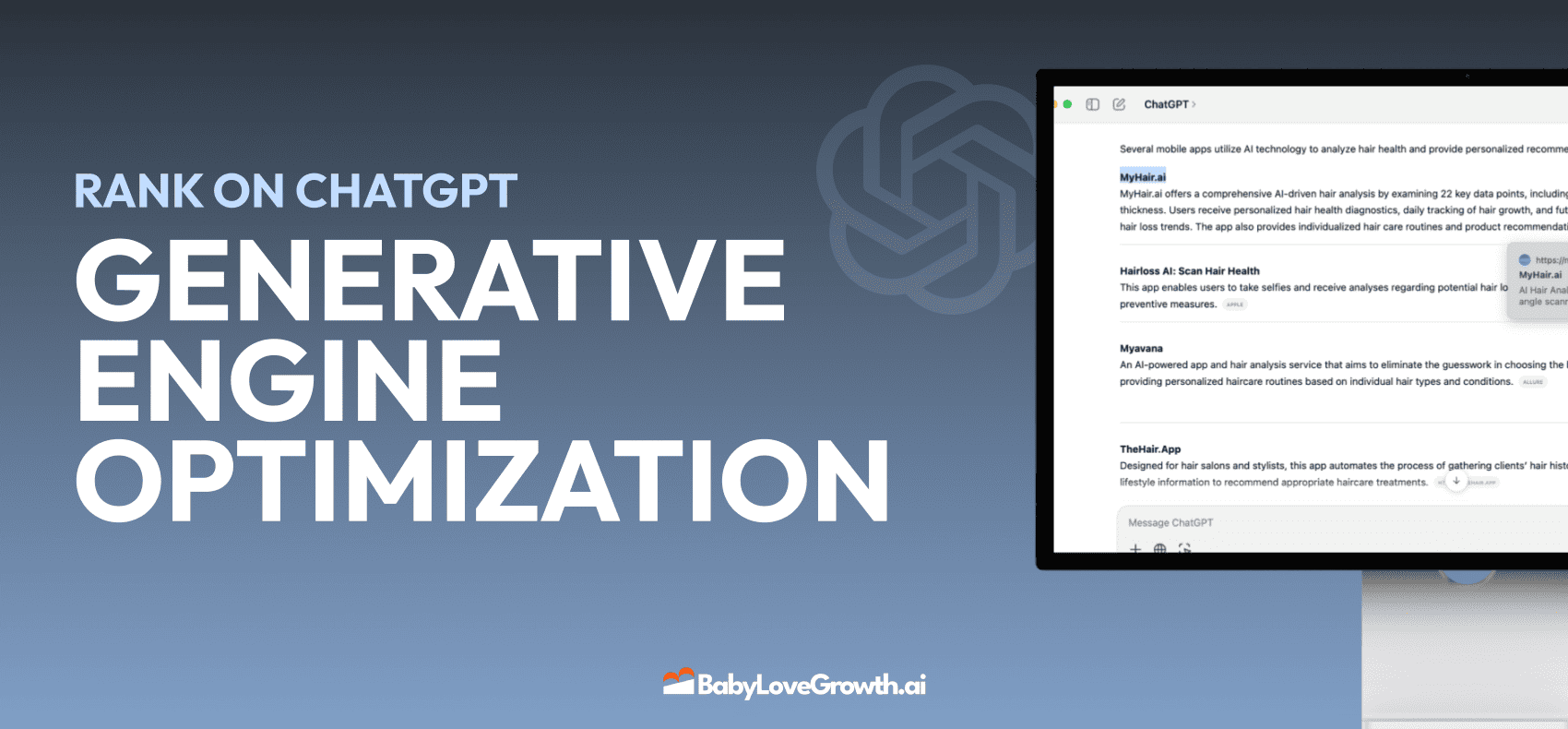
Generative Engine Optimization (GEO)
Learn how Generative Engine Optimization (GEO) helps your content rank in AI search engines like ChatGPT and Google AI. This comprehensive guide explains the differences between SEO and GEO, why it matters for your business, and practical steps to implement GEO strategies for better visibility in AI-generated responses.
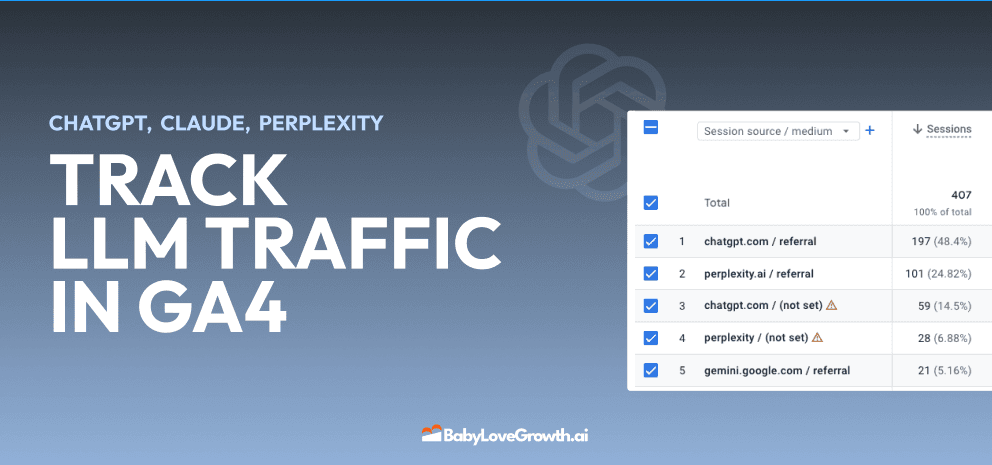
Track LLM Traffic in Google Analytics 4 (GA4)
Learn how to track and analyze traffic from AI sources like ChatGPT, Claude, Perplexity, and Google Gemini in Google Analytics 4. This step-by-step guide shows you how to set up custom filters to monitor AI-driven traffic and make data-driven decisions for your content strategy.
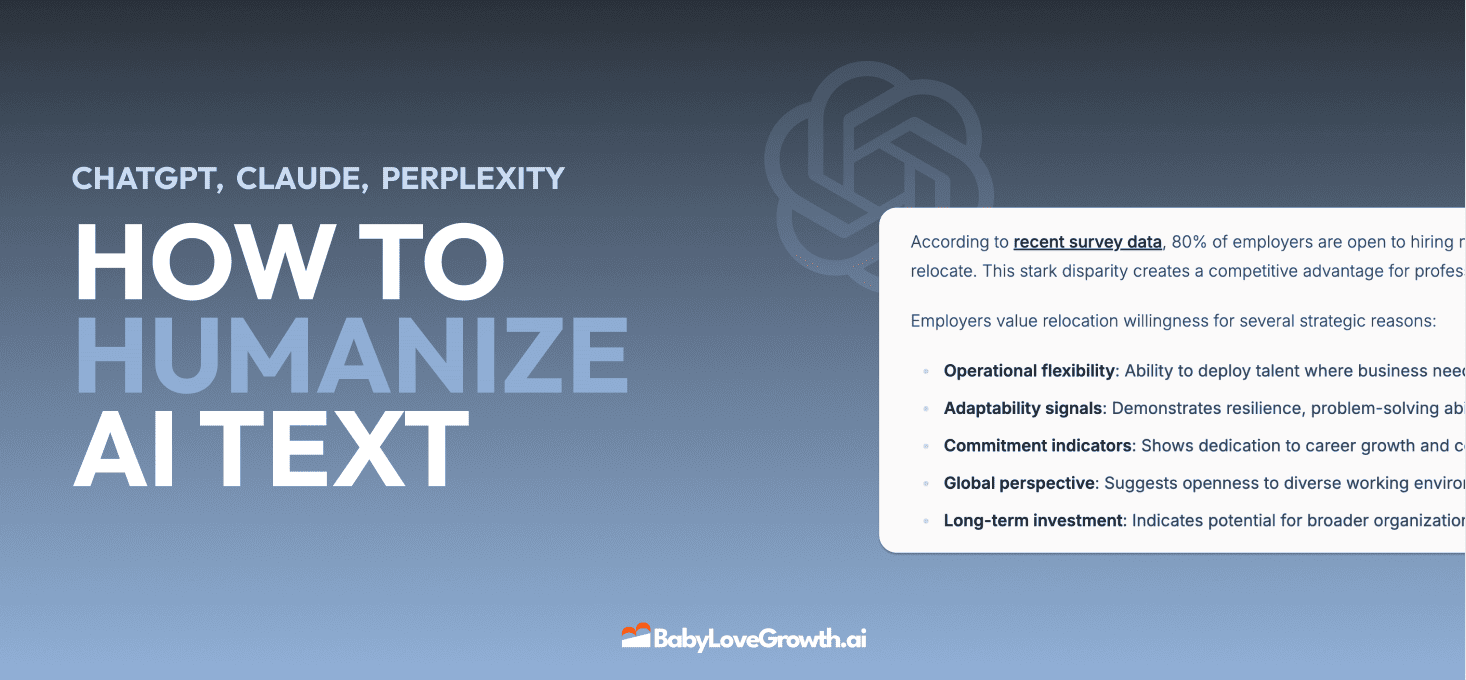
How to Humanize AI Text with Instructions
Learn practical techniques to make AI-generated content sound more natural and human. This guide covers active voice, direct addressing, concise writing, and other proven strategies to transform robotic text into engaging content.
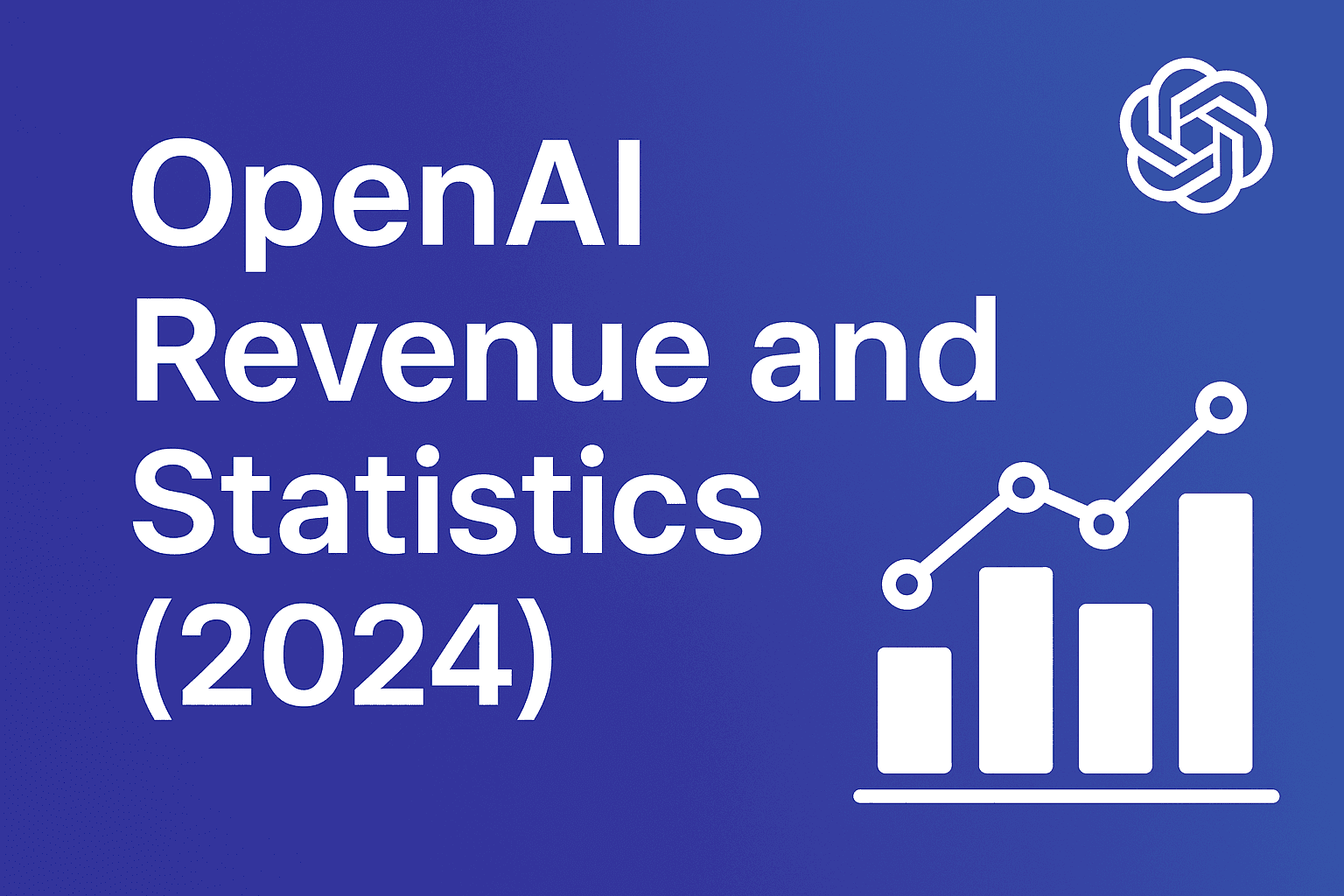
Open AI Revenue and Statistics (2024)
Comprehensive analysis of OpenAI financial performance, user engagement, and market position in 2023. Discover key statistics including $20B valuation, $1B projected revenue, and 100M+ monthly active users.